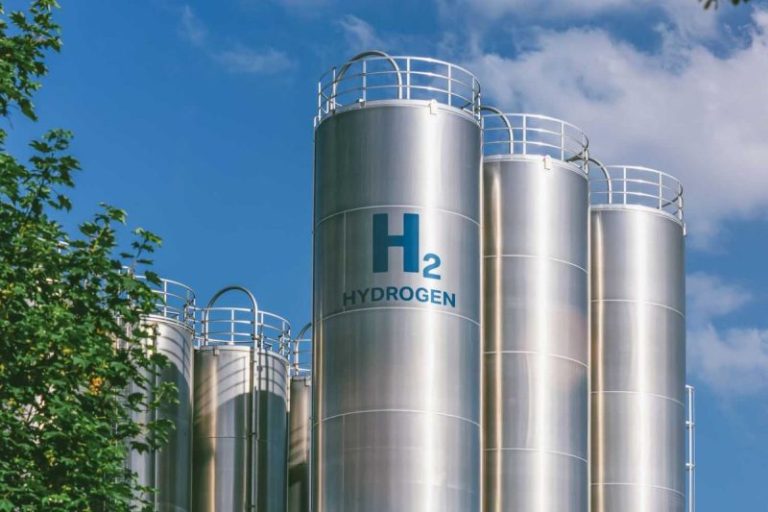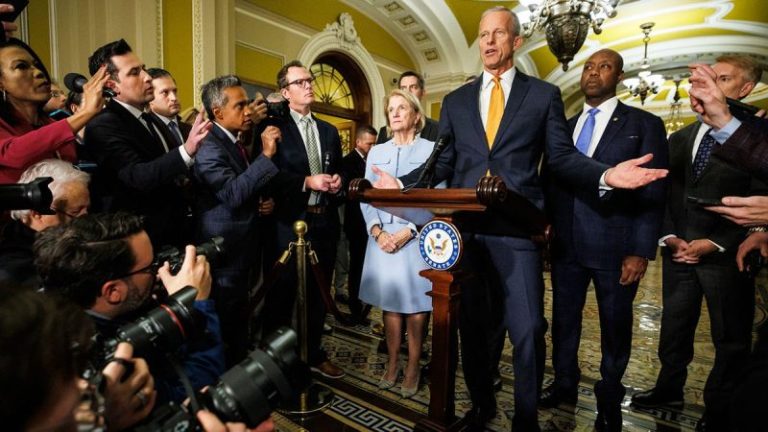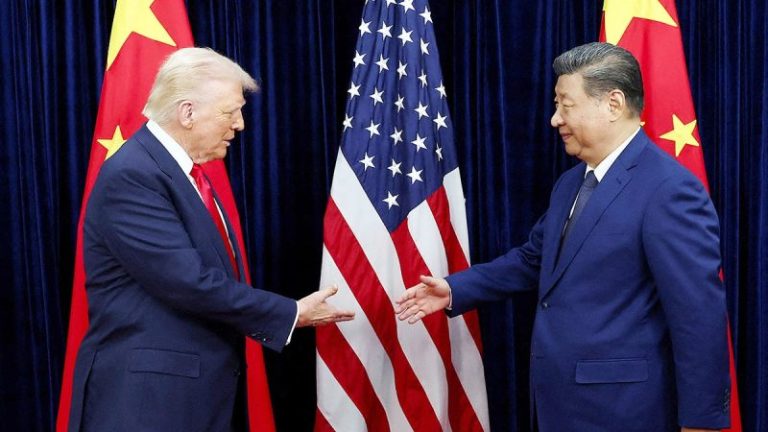(TheNewswire)
Brossard, Quebec TheNewswire – le 31 octobre 2025 CORPORATION CHARBONE (TSXV: CH,OTC:CHHYF; OTCQB: CHHYF; FSE: K47) (« CHARBONE » ou la « Société »), un producteur et distributeur nord-américain spécialisé dans l’hydrogène propre Ultra Haute Pureté (« UHP ») et les gaz industriels stratégiques, a le plaisir d’annoncer qu’elle a retenu les services de la société de communication corporative américaine RB Milestone Group LLC (« RBMG ») pour ses relations aux investisseurs. Ces services comprennent le conseil en communications corporatives, l’organisation de tournée promotionnelle hors transaction, la veille concurrentielle et la mise en relation de partenaires commerciaux potentiels aux dirigeants de la Société. RBMG a été mandatée pour une durée initiale de six mois, à compter du 20 octobre 2025. Le montant total de la prestation, d’un montant de 59 500 USD, est payable en argent et facturé mensuellement. À l’issue de cette période, le contrat est reconduit automatiquement chaque mois jusqu’à sa résiliation. RBMG est une entité indépendante de la Société. La présente entente est soumise à l’approbation des autorités réglementaires compétentes.
Dave B. Gagnon, PDG de CHARBONE , a commenté : « Nous sommes ravis d’accueillir l’équipe de RBMG, un atout majeur pour notre stratégie de communication et de relations avec les investisseurs aux États-Unis et au Canada. Leur expertise reconnue des marchés financiers, leur visibilité corporative et leurs conseils stratégiques seront essentiels pour CHARBONE qui entame sa prochaine phase de croissance et d’expansion en Amérique du Nord. Cette collaboration renforce notre engagement en faveur de la transparence, du dialogue avec nos actionnaires et de la création de valeur à long terme . »
À propos de RB Milestone Group LLC
Fondée en 2009, RB Milestone Group LLC (« RBMG ») est une agence de communication américaine spécialisée dans le conseil en relations aux investisseurs. Elle possède des bureaux à New York et à Stamford (Connecticut). Son pôle de conseil américain propose des programmes de relations aux investisseurs sur mesure aux entreprises émergentes, qu’elles soient privées ou cotées sur les marchés NYSE, NASDAQ, OTCQB, OTCQX, TSX, TSXV, CSE, ASX et AIM. RBMG affine les stratégies de communication, analyse les données et conseille ses clients sur la manière de pénétrer de nouveaux marchés. Elle les aide à cibler et à nouer des relations avec des acteurs clés aux États-Unis et des acteurs stratégiques de leur secteur à l’échelle mondiale. Grâce aux techniques numériques, à l’intelligence artificielle (IA) et à l’apprentissage automatique, RBMG a développé des méthodes qui optimisent les initiatives traditionnelles de relations aux investisseurs de ses clients afin de maximiser leur retour sur investissement. RBMG collabore avec des clients issus de nombreux secteurs d’activité, notamment : le cannabis, les technologies propres, les biens de consommation, les cryptomonnaies, la fintech, la santé, les métaux et l’exploitation minière, les services professionnels, les énergies renouvelables et les technologies. Pour en savoir plus sur RBMG, veuillez consulter le site : www.rbmilestone.com .
Mise à jour des termes d’un règlement de dette par actions
CHARBONE annonce une mise à jour de son règlement de dette par actions, précédemment divulgué et daté du 14 août 2025. À la suite de discussions avec la Bourse de croissance TSX, notamment un examen des restrictions imposées aux opérations d’échange d’actions contre dettes dans le contexte des services de tenue de marché, la Société a révisé le montant total et le nombre d’actions à émettre dans le cadre du règlement. Selon les modalités révisées, CHARBONE réglera 30 000 $ du montant initial de 118 095 $ payable à un teneur de marché indépendant par l’émission d’actions ordinaires. La Société a négocié avec succès que le solde restant sera réduit de la valeur des actions au cours actuel du marché. À la clôture de l’opération, CHARBONE émettra 500 000 actions ordinaires. Le règlement fera l’objet d’une entente formelle et demeure assujetti à l’approbation finale de la Bourse de croissance TSX. Les actions ordinaires émises seront assujetties à la période de détention légale de quatre mois.
À propos de CORPORATION CHARBONE
CHARBONE est une entreprise intégrée spécialisée dans l’hydrogène propre Ultra Haute Pureté (UHP) et la distribution stratégique de gaz industriels en Amérique du Nord et en Asie-Pacifique. Elle développe un réseau modulaire de production d’hydrogène vert tout en s’associant à des partenaires de l’industrie pour offrir de l’hélium et d’autres gaz spécialisés sans avoir à construire de nouvelles usines coûteuses. Cette stratégie disciplinée diversifie les revenus, réduit les risques et augmente sa flexibilité. Le groupe Charbone est coté en bourse en Amérique du Nord et en Europe sur la bourse de croissance TSX (TSXV: CH,OTC:CHHYF) ; sur les marchés OTC (OTCQB: CHHYF) ; et à la Bourse de Francfort (FSE: K47) . Pour plus d’informations, visiter www.charbone.com .
Énoncés prospectifs
Le présent communiqué de presse contient des énoncés qui constituent de « l’information prospective » au sens des lois canadiennes sur les valeurs mobilières (« déclarations prospectives »). Ces déclarations prospectives sont souvent identifiées par des mots tels que « a l’intention », « anticipe », « s’attend à », « croit », « planifie », « probable », ou des mots similaires. Les déclarations prospectives reflètent les attentes, estimations ou projections respectives de la direction de Charbone concernant les résultats ou événements futurs, sur la base des opinions, hypothèses et estimations considérées comme raisonnables par la direction à la date à laquelle les déclarations sont faites. Bien que Charbone estime que les attentes exprimées dans les déclarations prospectives sont raisonnables, les déclarations prospectives comportent des risques et des incertitudes, et il ne faut pas se fier indûment aux déclarations prospectives, car des facteurs inconnus ou imprévisibles pourraient faire en sorte que les résultats réels soient sensiblement différents de ceux exprimés dans les déclarations prospectives. Des risques et des incertitudes liés aux activités de Charbone peuvent avoir une incidence sur les déclarations prospectives. Ces risques, incertitudes et hypothèses comprennent, sans s’y limiter, ceux décrits à la rubrique « Facteurs de risque » dans la déclaration de changement à l’inscription de la Société datée du 31 mars 2022, qui peut être consultée sur SEDAR à l’adresse www.sedar.com; ils pourraient faire en sorte que les événements ou les résultats réels diffèrent sensiblement de ceux prévus dans les déclarations prospectives.
Sauf si les lois sur les valeurs mobilières applicables l’exigent, Charbone ne s’engage pas à mettre à jour ni à réviser les déclarations prospectives.
Ni la Bourse de croissance TSX ni son fournisseur de services de réglementation (tel que ce terme est défini dans les politiques de la Bourse de croissance TSX) n’acceptent de responsabilité quant à la pertinence ou à l’exactitude du présent communiqué.
Pour contacter Corporation Charbone :
|
Téléphone bureau: +1 450 678 7171 |
||
|
Courriel: ir@charbone.com Benoit Veilleux Chef de la direction financière et secrétaire corporatif |
Copyright (c) 2025 TheNewswire – All rights reserved.
News Provided by TheNewsWire via QuoteMedia










